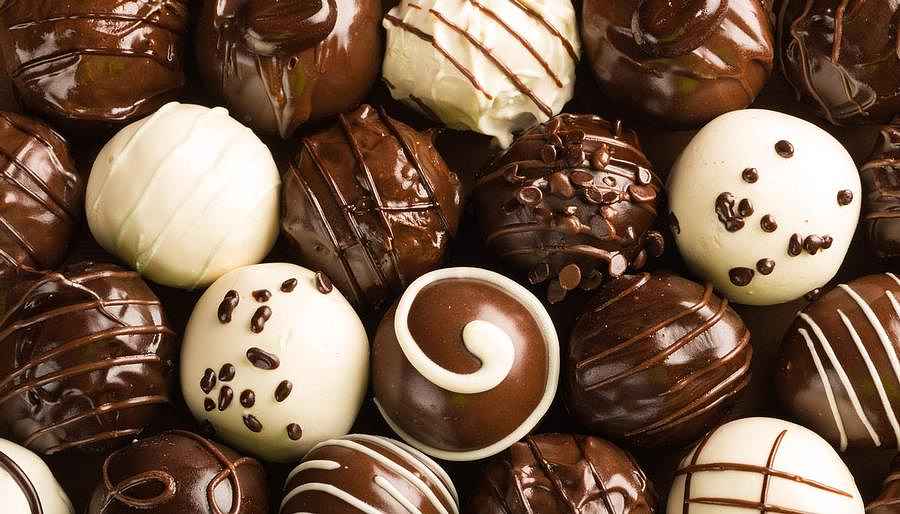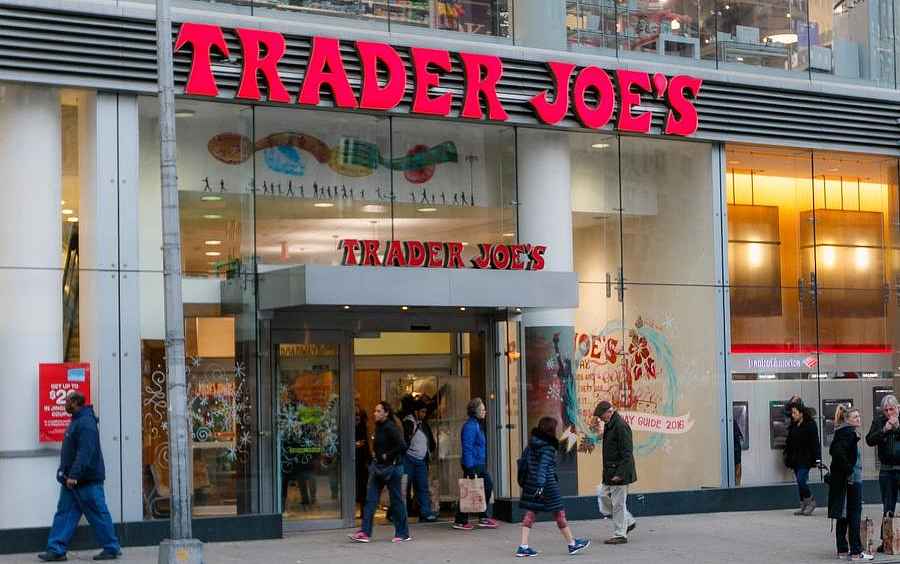
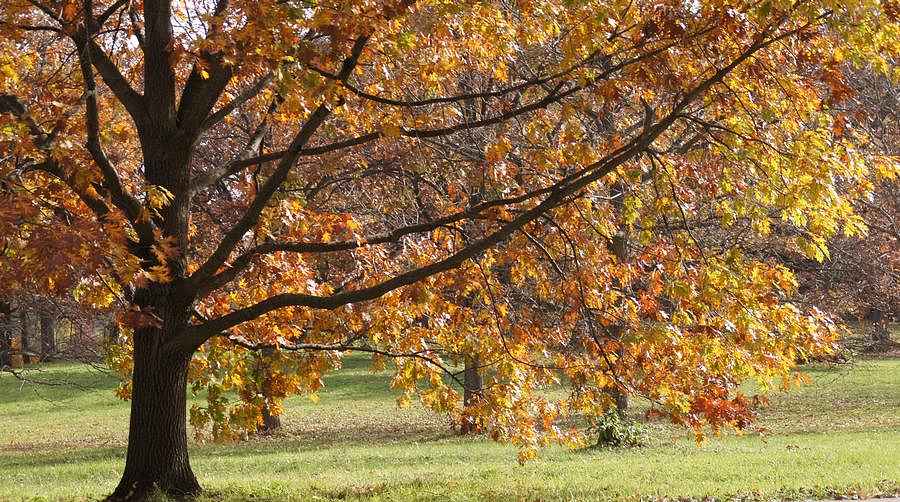
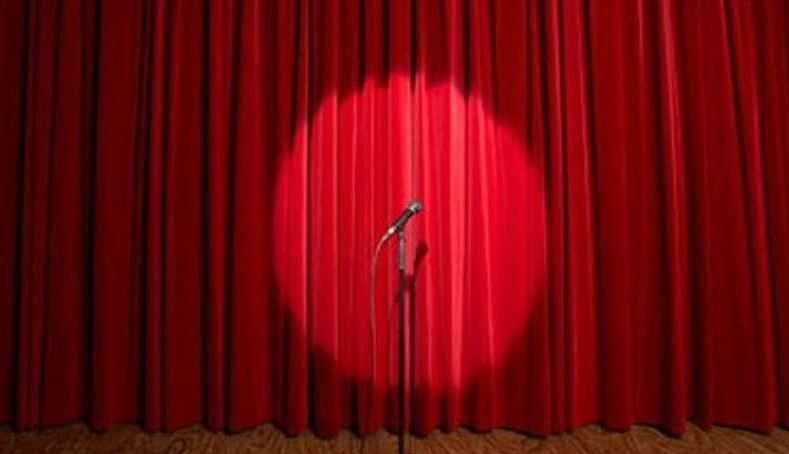


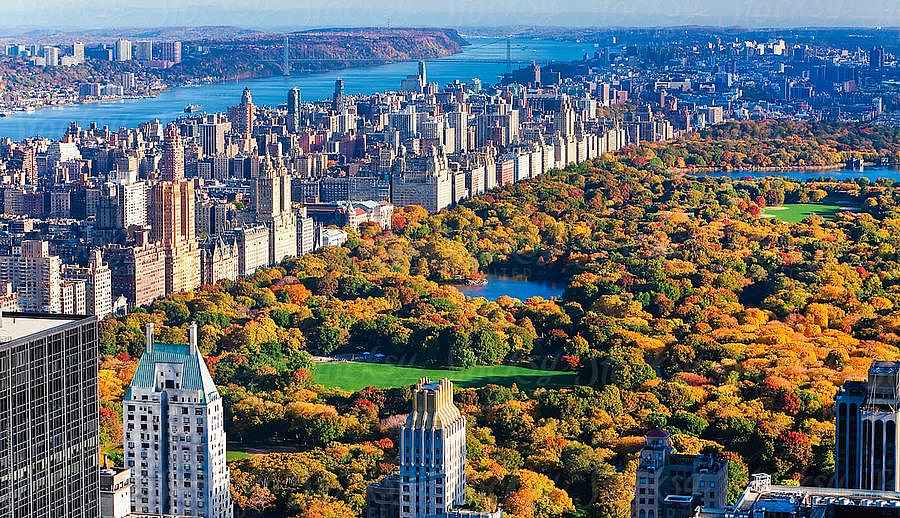
See listing of Recent and Most Popular articles on the Home Page
My World
Category: Humor / Topics: Food & Nuitrition • Humor • Social Issues • Trends
Confesstions of a Chocoholic
Posted: April 14, 2023
My love affair with chocolate has stood the test of time. True, I recently broke up with the milk variety to go over, literally, to the dark side…
There are four basic food groups: milk chocolate, dark chocolate, white chocolate, and
chocolate truffles.
--Anonymous
My love affair with chocolate has stood the test of time. True, I recently broke up with the milk variety to go over, literally, to the dark side, but we’ve both recovered and moved on. Depending on the circumstances, I can go high—La Madeleine au Truffle at $250—or I can go low—Twix au CVS at $1.59 (with a coupon). I can eat chocolate for breakfast, lunch, and dinner, justifying this behavior on the premise that “A balanced diet is chocolate in two hands.”
Nor am I alone in this belief. Demand for cacao beans, the raw stuff of chocolate, has soared by double digits since 2008 and continues to grow while the supply diminishes. Americans eat an average of 11 pounds of chocolate a year and Europeans eat even more. Snickers is the world’s best-selling candy bar. Last year 400 million Snickers were consumed around the globe, half of them by me.
As addictions go, this one seems harmless enough, right? Unfortunately, like so much else today, chocolate has become a fraught proposition. And I don’t mean only because of the sugar, calories, and saturated fats that go into it, as if they weren’t enough. No, it’s a problem for the environment because the raw materials suck up so much water. In fact, the water footprint of a pound of chocolate is four times larger than that of beef!
Who knew? Florencia Ramirez, the author of “Don’t Eat Your Water,” that’s who. Ms. Ramirez did extensive research on the topic and the results aren’t pretty. Cacao trees require between 50 and 80 inches of water per year, which was fine for 2,000 years when they grew under the rainforest canopy. Then, in the 20 th century, cacao farmers were told they could get higher yields if they brought the trees into the light. That led them to destroy rainforest to plant in sunlight, but eventually those trees succumbed to disease and rodents. Today, cacao is raised in semi-shade, but the damage was already done. Rainforests used to cover over 14% of the globe’s landmass. Today, thanks in part to cacao culture, they are down to 7%. This has led to the vicious cycle of less rainforest, less water—and, less cacao.
Enlightened retailers and growers are fighting back, promoting Fair Trade and organically certified cacao grown with sustainable practices, such as minimum pesticide use, reduction of greenhouse gases, and treated water disposal.
As for me, although I’ve had my eyes opened to the negative impacts of cacao on the environment, I cling to chocolate. I’ve tried cookies without chocolate chips, See’s Candies that imitate chocolate, and other attempts to slip in substitutes for the real thing. As far as I’m concerned, they don’t cut it. Besides, aren’t the Girl Scouts’ Thin Mints a national institution? If they were good enough for founder Juliette Low, they’re good enough for me.
Search all articles by Barbara Greenleaf
Barbara is the author of eight books, including two of particular interest to seniors. She has given us permission to use material from her newsletter, "From the Desk of Barbara Greenleaf," to which you can subscribe on her website. • Author bio (website*) • E-mail the author (moc.faelneergarabrab@arabrab*) • Author's website (personal or primary**)* For web-based email, you may need to copy and paste the address yourself.
** opens in a new tab or window. Close it to return here.
Posted: April 14, 2023 Accessed 301 times
![]() Go to the list of most recent My World Articles
Go to the list of most recent My World Articles
![]() Search My World (You can expand the search to the entire site)
Search My World (You can expand the search to the entire site)
![]() Go to the list of Most Recent and Most Popular Articles across the site (Home Page)
Go to the list of Most Recent and Most Popular Articles across the site (Home Page)
 Loading requested view...
Loading requested view...